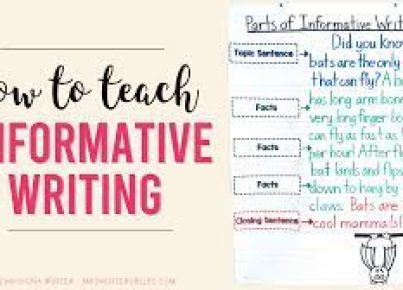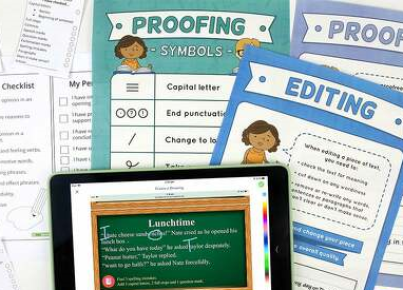Writing a hypothesis is an essential step in any scientific research or experimentation process. A well-structured hypothesis can lead to the generation of useful data and contribute to the advancement of a specific field. Here are five easy steps to help you write an effective hypothesis.
1. Identify Your Research Question
The first step in writing a hypothesis is identifying a clear research question that you will address through your research or experimentation. The question should be specific, answerable, and within the scope of your study.
Examples:
– Does exposure to sunlight increase plant growth?
– Is there a relationship between sleep duration and learning capabilities?
2. Conduct Preliminary Research
Before formulating your hypothesis, it’s essential to conduct preliminary research on the topic. Read existing literature, including articles, books, and reports related to your research question. This will give you background knowledge on previous studies and help you identify gaps or issues that need further investigation.
3. Formulate Your Hypothesis
After conducting preliminary research and understanding the background information, it’s time to formulate your hypothesis. A good hypothesis should be;
a) Clear: It should be straightforward and easily understood.
b) Testable: It must be possible to test it through experiments or observations.
c) Falsifiable: There must be room for incorrect predictions.
Example:
– Null Hypothesis (H0): Exposure to sunlight has no effect on plant growth.
– Alternative Hypothesis (H1): Exposure to sunlight increases plant growth.
4. Analyze Your Hypothesis
Once you’ve written your hypothesis, analyze it to ensure that it meets all the requirements mentioned in Step 3. Consider whether the variables are measurable and if the hypothesis is truly testable within the context of your research.
5. Revise Your Hypothesis If Necessary
Finally, based on your analysis, revise your hypothesis if needed. Make sure it is clear, specific, and directly addresses your research question. Ensure that it is an appropriate representation of the problem and the expected outcomes that you intend to explore.
In conclusion, writing a hypothesis involves identifying a clear research question, conducting preliminary research, formulating a clear and testable hypothesis, analyzing the hypothesis to ensure it is appropriate and revising if necessary. By following these five easy steps, you can develop an effective and well-structured hypothesis that will guide your research or experimentation process and contribute positively to your field of study.




